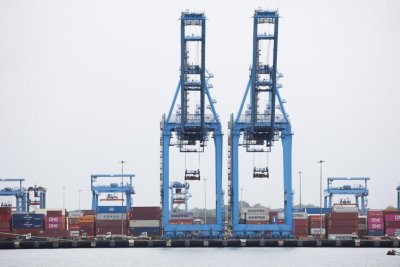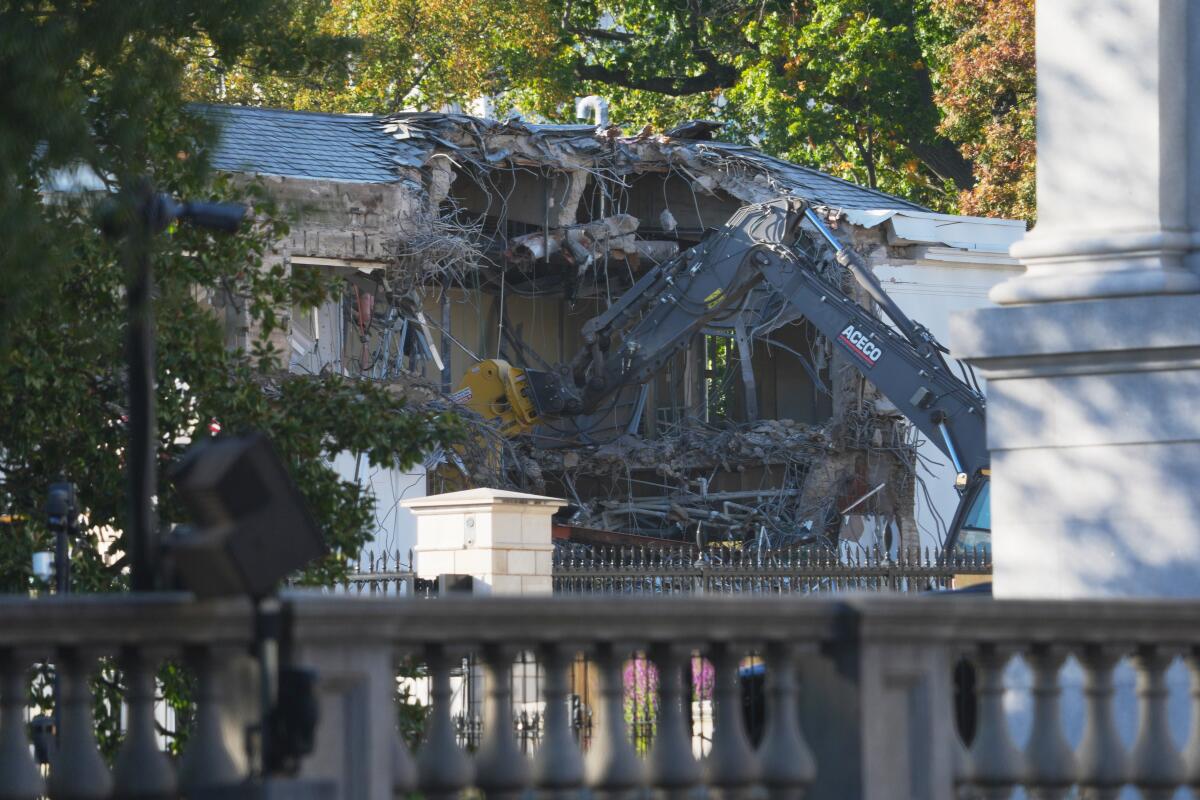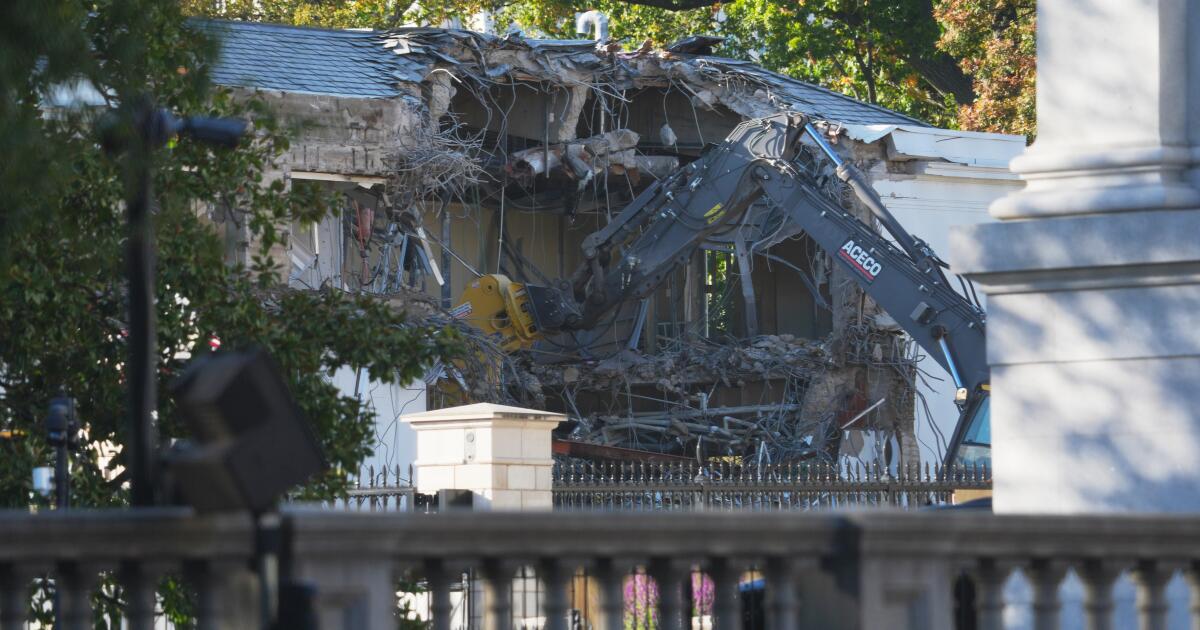Panama Canal Authority to build, grant concessions for two new ports

The Port of Colon in the Panama Canal, in the province of Colon, Panama, is one of the operating ports served by the canal File Photo by Bienvenido Velasco/EPA
Oct. 31 (UPI) — The Panama Canal Authority plans to move forward with construction and subsequent concession of two new port terminals, with an estimated investment of $2.6 billion.
According to information released by the authority in a press release, the terminals are planned for two strategic areas along the canal, one on the Pacific coast in Corozal and the other on the Atlantic side at Telfers Island.
The goal of both projects is to expand container-handling capacity and strengthen Panama’s position as an interoceanic logistics hub.
With the addition of these two terminals, the goal is to increase container capacity from about 9.5 million (20-foot equivalent units per year to roughly 15 million. The projects also aim to expand port capacity in the interoceanic area, which is operating near its limit.
The Corozal port, on the Pacific coast, would take advantage of its proximity to the canal’s western entrance to capture container traffic using the interoceanic route. The Telfers Island project, on the Atlantic side, would cover the other end of the canal, facilitating both transshipment and cargo transfers between ocean routes.
Together, the two projects would reinforce Panama’s strategy to move beyond a transit route and establish itself as a logistics center, transshipment port and industrial platform for the region.
The authority said it expects to award the concessions by late 2026, allowing the terminals to begin operations in early 2029. It has begun discussions with representatives from about 20 global maritime operators to identify potential partners for the port development.
Representatives from APM Terminals (Denmark), Cosco Shipping Ports (China), CMA Terminals-CMA (France), DP World (United Arab Emirates), Hanseatic Global Terminals (Germany), MOL (Japan), PSA International (Singapore), SSA Marine-Carrix Group (United States) and Terminal Investment Limited (Switzerland) took part in the initial round of talks.
However, in Panama’s public debate, there is discussion over whether the concession model is the most appropriate way to develop the projects or if the authority should operate the terminals.
The discussion follows an audit by the Office of the Comptroller General into Panama Ports Co. — a subsidiary of China’s CK Hutchison that operates key terminals in the country– that found multimillion-dollar shortfalls in payments owed to the state, though the discrepancies were attributed to a “poorly negotiated” initial contract.
The Panama Canal also faces additional challenges in developing the new ports, including the need to secure supporting infrastructure, such as road access, dredging, water supply, logistics services and environmental impact studies required for these large-scale projects.
The initiative comes amid a global context in which container ships continue to grow in size, maritime routes seek greater efficiency and logistics hubs compete fiercely across Latin America.
As part of the Panama Canal’s Vision 2025-2035 plan, container terminals are seen as key components of the supporting infrastructure, second in importance only to the locks and navigation channels. Their development aims to strengthen port capacity and ensure the competitiveness of Panama’s maritime route.
In mid-September, the authority also announced development of a natural gas pipeline. The project aims to create a new overland energy route that would complement the existing canal by linking the Pacific and Atlantic coasts across Panama.
The pipeline would transport liquefied natural gas and other gases, such as propane and butane, from one ocean to the other without ships having to transit the canal. It would extend 47 miles and have the capacity to transfer up to 2.5 million barrels of gas per day.
The authority estimates that the project, which has drawn interest from about 45 energy companies, will cost between $4 billion and $5 billion. It also expects the concession to be awarded in the fourth quarter of 2026.














